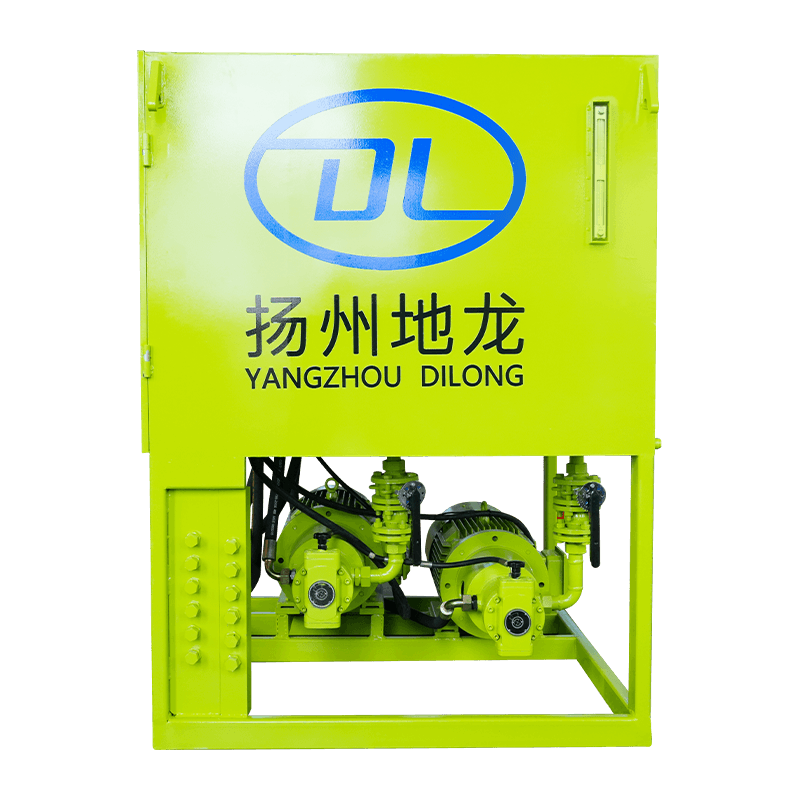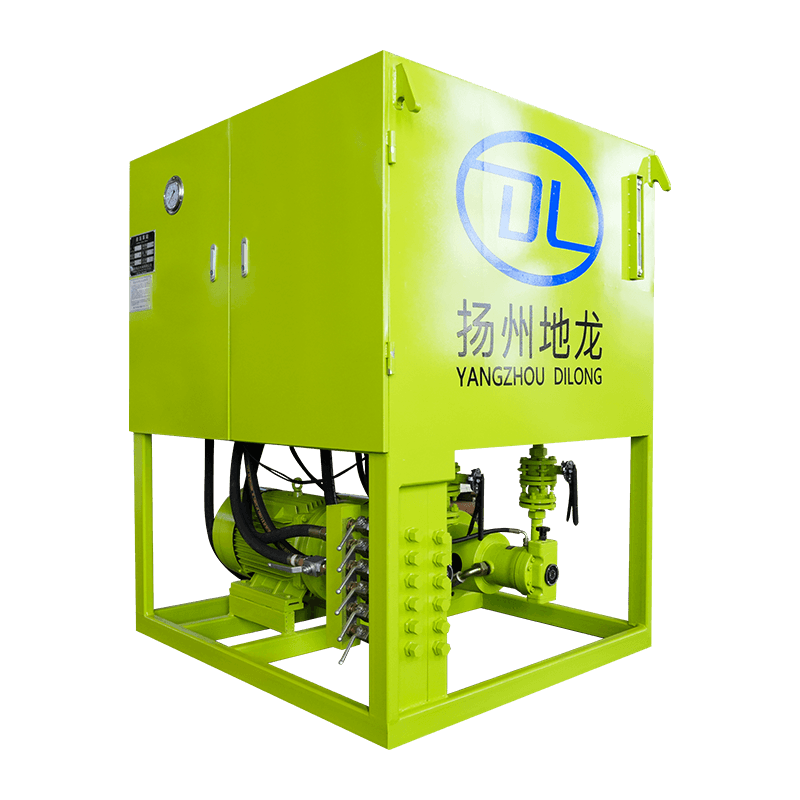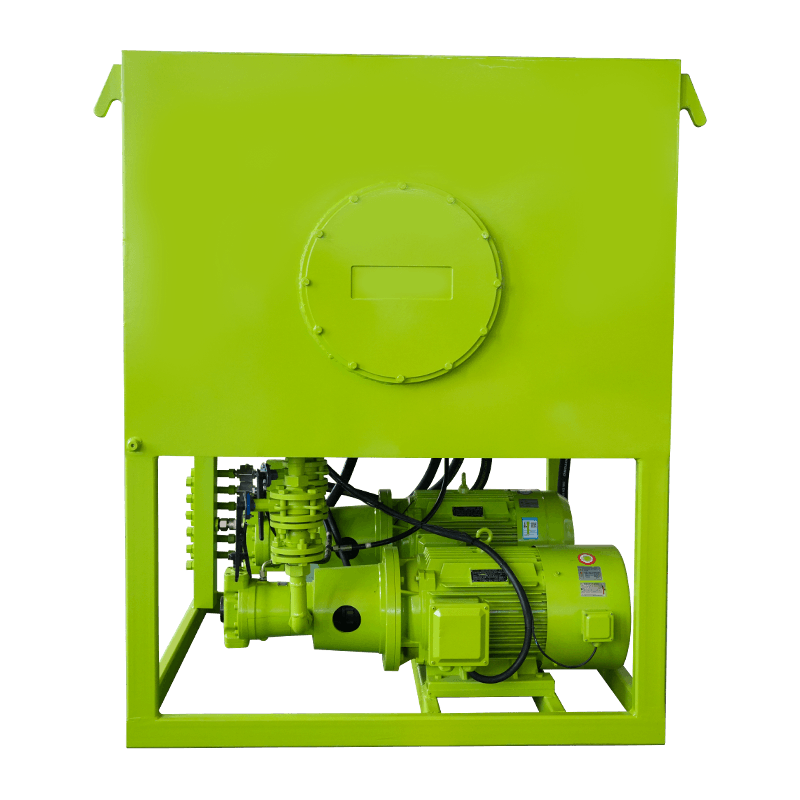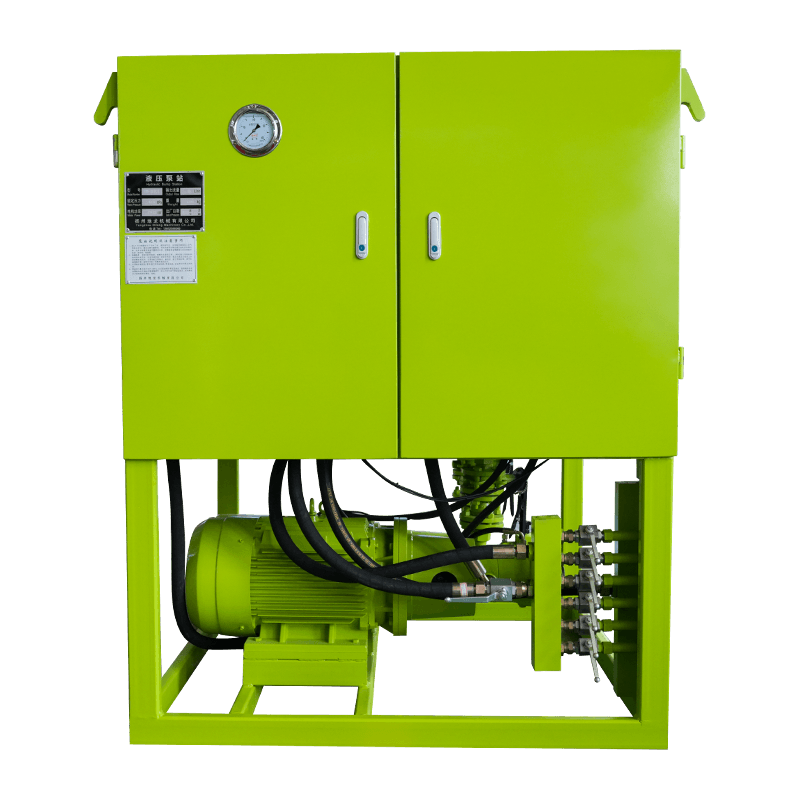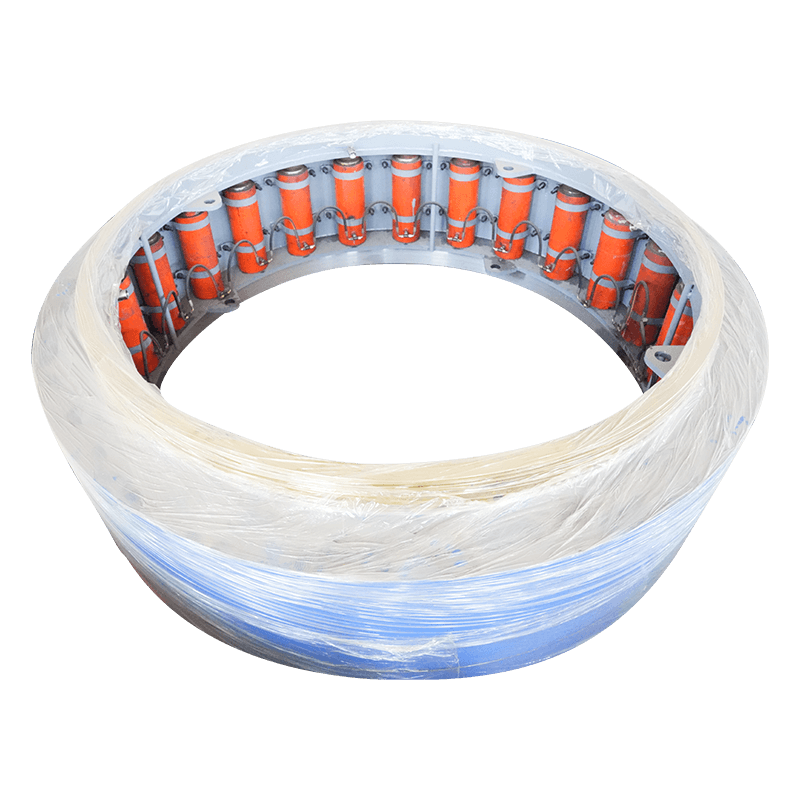When discussing the capabilities of an auger boring machine, one of the most common questions is about its depth. While there isn't a single answer, as the depth depends on multiple factors, we can explore the typical ranges and the variables that influence how far and deep these machines can go.
The Factors Limiting an Auger Bore's Depth
The depth of an auger bore is not just about the length of the machine itself but is a result of several key factors:
-
Soil Conditions: This is arguably the most critical factor. In soft, stable soils like clay or sandy loam, an auger boring machine can achieve greater depths and longer bores. Conversely, in hard rock, mixed-face conditions, or highly cohesive ground, the machine’s progress is limited. Boulders or large cobbles can halt a bore entirely, requiring the project to be re-evaluated.
-
Machine Power and Torque: The size and power of the auger boring machine directly correlate with its capacity. Larger, more powerful machines can handle more difficult soil conditions and push longer strings of auger flights, enabling them to reach greater depths and distances. The machine's torque is essential for turning the auger and cutting head through tough ground.
-
Bore Diameter: The diameter of the bore plays a significant role in the feasible depth. Smaller-diameter bores (e.g., 8-inch pipes) are easier to push and can achieve longer lengths. As the diameter increases to 36 inches or more, the resistance from the surrounding soil grows exponentially, limiting the achievable depth.
-
Accuracy and Grade Control: Auger boring is a guided method, but it's not as flexible as horizontal directional drilling. Maintaining the correct grade and line is crucial. The longer the bore, the more difficult it is to control its path and depth accurately. Errors can accumulate, making it challenging to hit the target at a precise depth.
Typical and Maximum Depths
In practice, most auger boring machine operations are conducted at relatively shallow depths, typically ranging from a few feet to 20 feet below the surface. This is because auger boring is primarily used for utility crossings under roads and railways, which do not require significant depth.
For standard projects in favorable soil conditions, bores can reach lengths of 200 to 400 feet. In ideal circumstances and with powerful, large-diameter machines, bores have been known to extend even further, sometimes reaching up to 600 feet. It's important to remember that these are the exception rather than the rule. Projects requiring depths or lengths beyond these ranges often call for a different technology, such as microtunneling or horizontal directional drilling, which are better suited for challenging deep-earth conditions.
In conclusion, while a standard auger boring machine is limited in its depth and distance by factors like soil, power, and bore diameter, it remains a highly effective and cost-efficient method for shallow-depth utility installations.

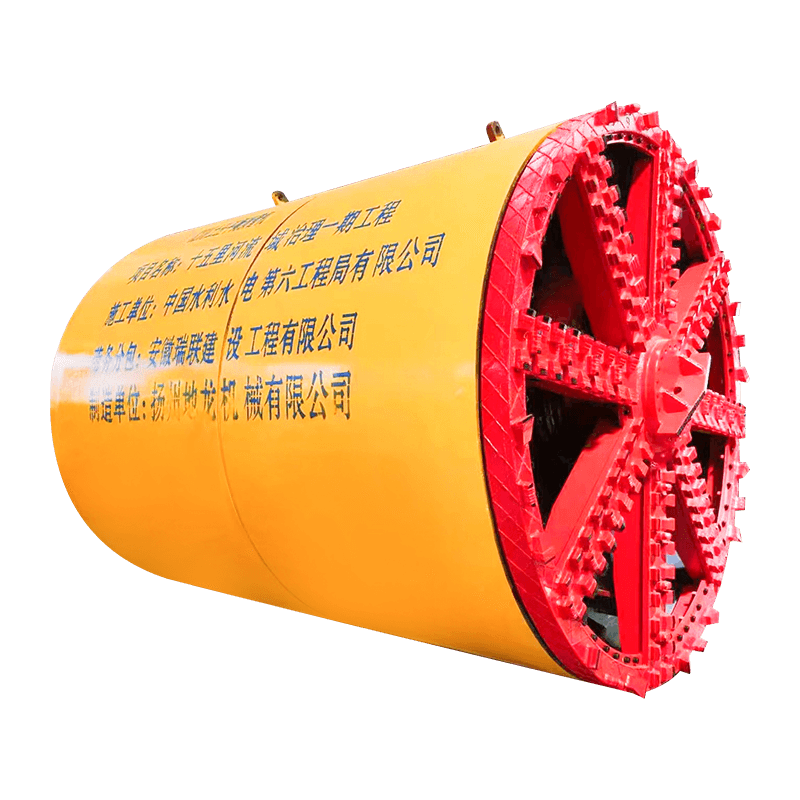
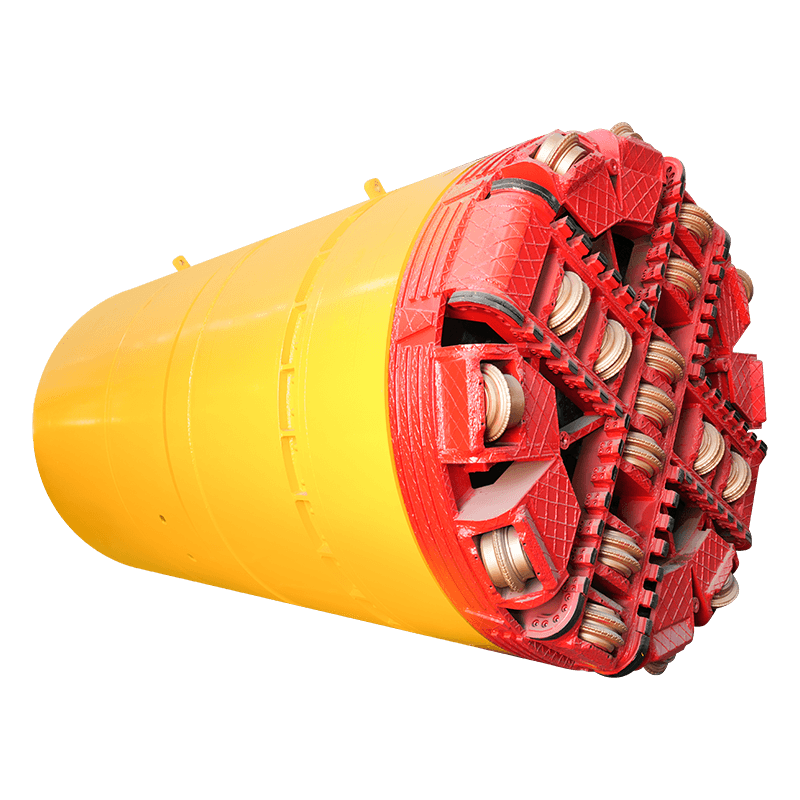

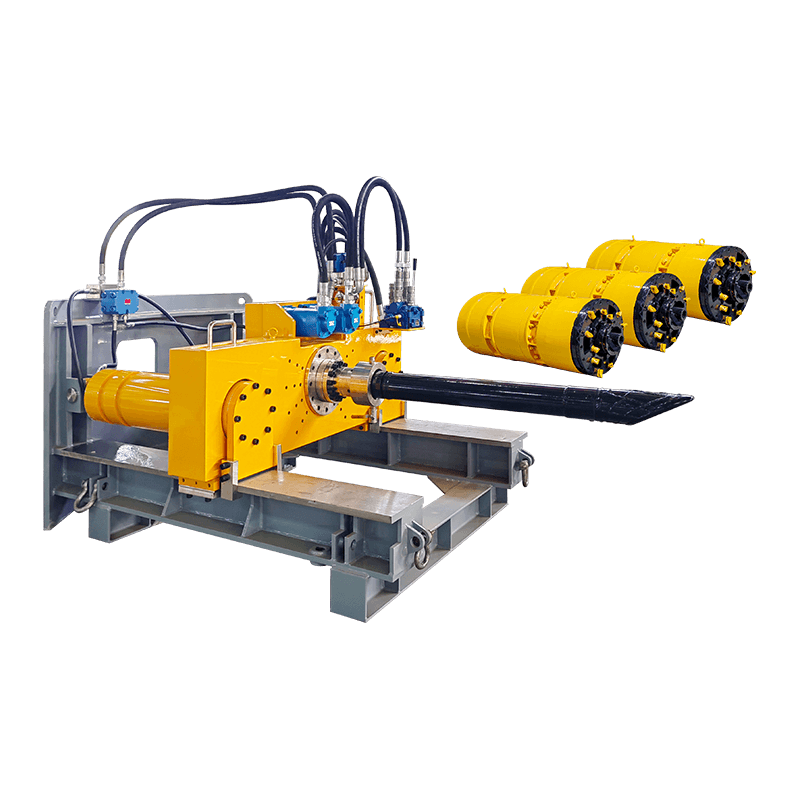
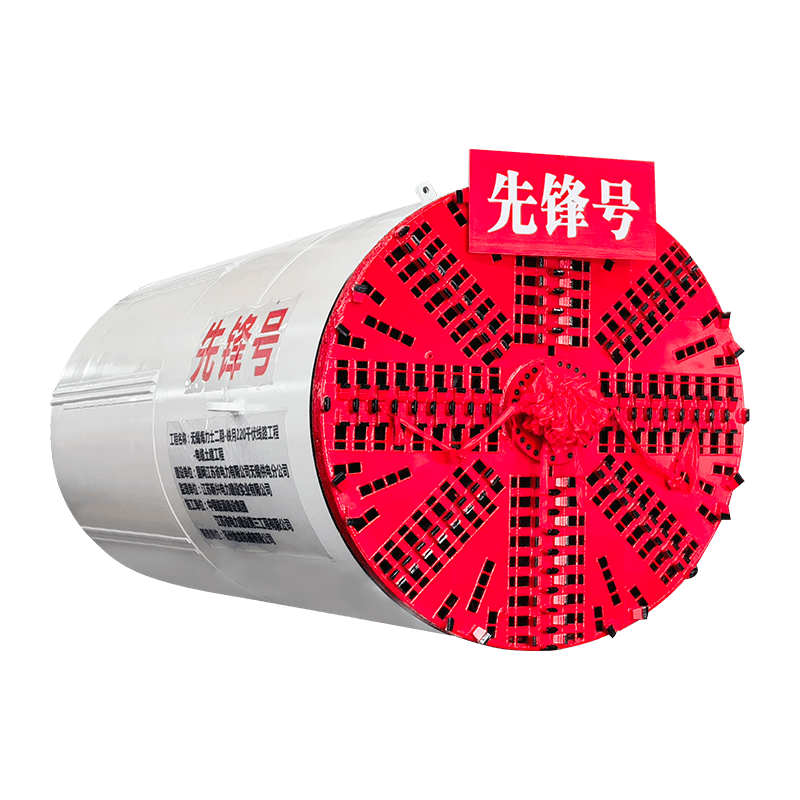
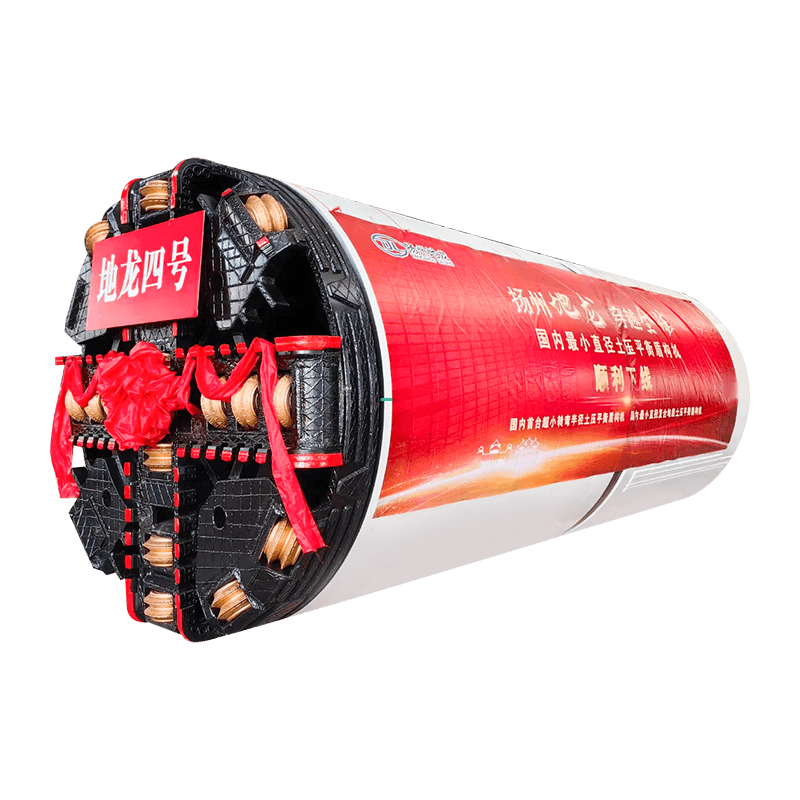

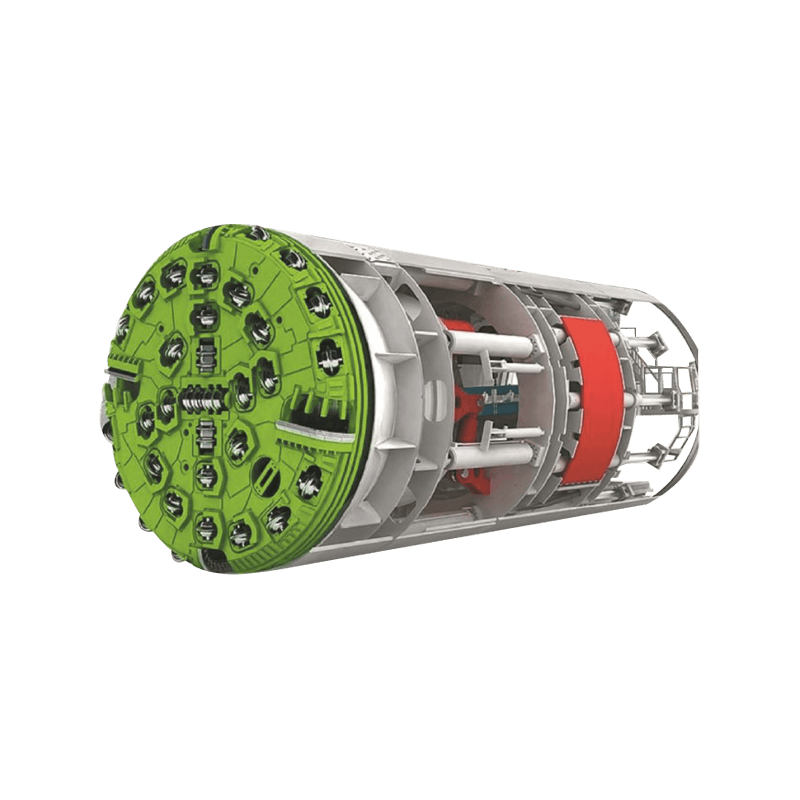
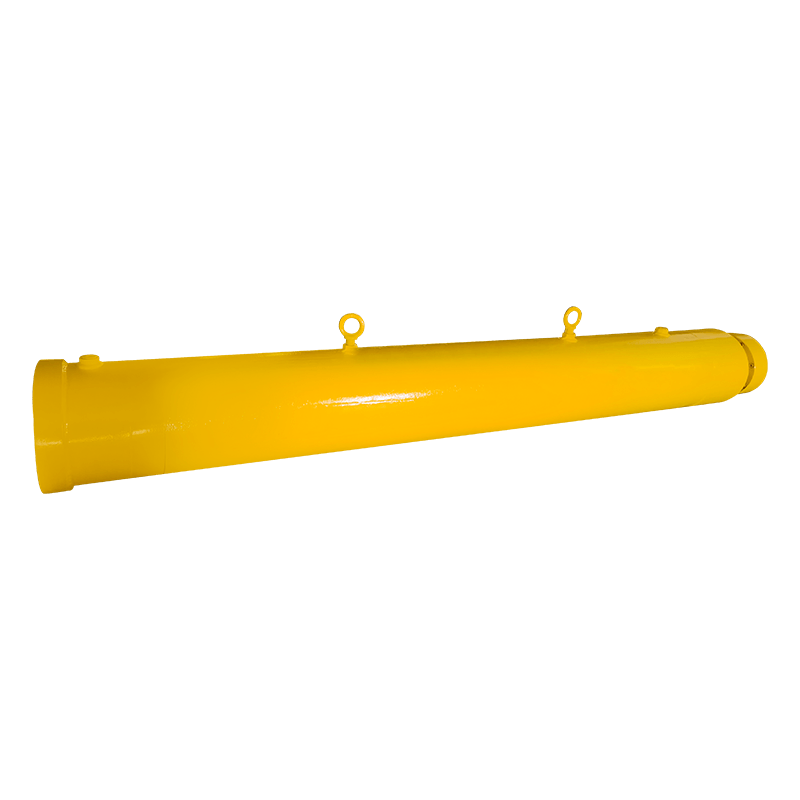



 English
English  русский
русский  عربى
عربى 
